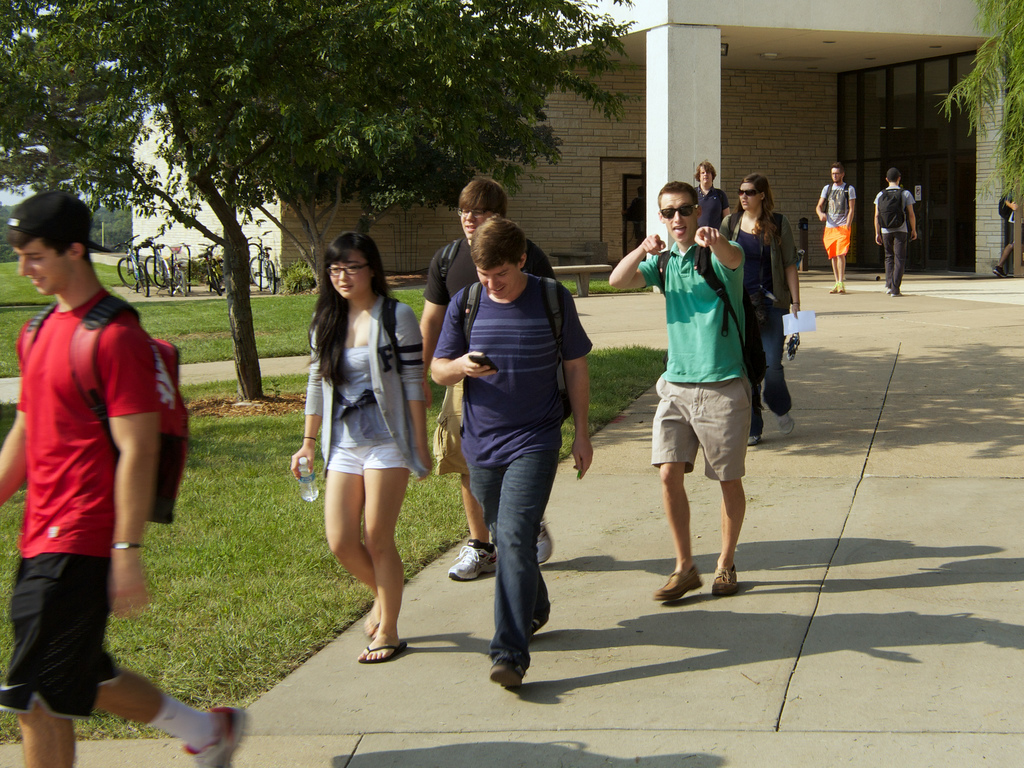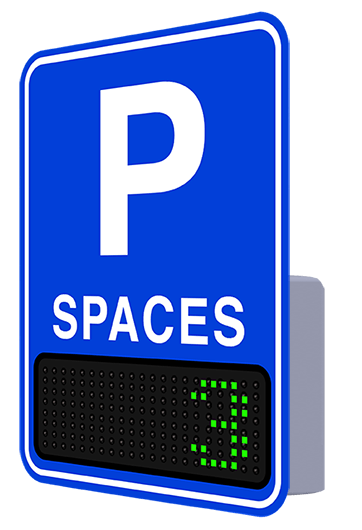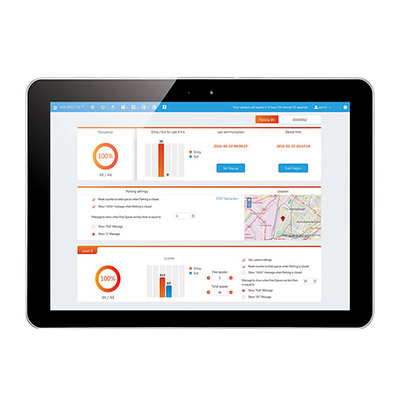Welcoming Students Back
As the Fall of 2021 approaches and restrictions continue to lift, colleges across the country are planning for a long-awaited return to campus. Hundreds of universities have sat empty for over a year now. Others were used only by small groups at a time. The excitement is of course peppered by logistical concerns. With so many students heading back to unfamiliar campuses, parking guidance is more necessary than ever. Sharing occupancy data can help you get students to their classes on time, in good spirits, and ready to learn.
Total Occupancy Plus
OpenSpace from Parking Logix revolutionized the world of parking counting since it was first introduced. It offers the same accuracy as traditional parking counting but with no need to run wiring to every spot. The total occupancy approach to parking counting is better for lots of reasons. It reduces search time, enhances service, reduces emissions, and improves flow in and out of lots. It’s undoubtedly the most cost effective way to guide parkers. But despite the efficacy of the total occupancy approach, some situations require more specific data. That’s why Parking Logix is now offering single sensors for segmented parking groups. Single sensors can help you fine-tune your occupancy data even further.
 Single Sensors for Special Parking Needs
Single Sensors for Special Parking Needs
What happens when your parking app or sign shows 8 available spots but all of them are reserved for faculty? Or are handicap spots? Now, with single sensor integration, you can specify unique parking groups in addition to your total occupancy data. So you’re still avoiding the cost of putting a sensor in every single spot. But you’re getting specific data when you need it. You can share data on total available spots without including ADA, faculty, permitted, or other reserved spots in the count. And you can share segmented data separately for more precise parking occupancy data.
Parking Occupancy Data and Utilization
Segmented parking occupancy data is also helpful for managers who need to differentiate between different types of parkers. Data separated for special groups gives a much more accurate image of which spaces are in use and when. This can help in making smarter decisions for permitting, pricing, and future parking planning. With single space sensors, you can now blend total occupancy with individual space metrics. This helps you provide even more accurate guidance and data to different parking groups. The new single space sensor technology can be added to existing OpenSpace systems or incorporated into new ones. Find out more today!







